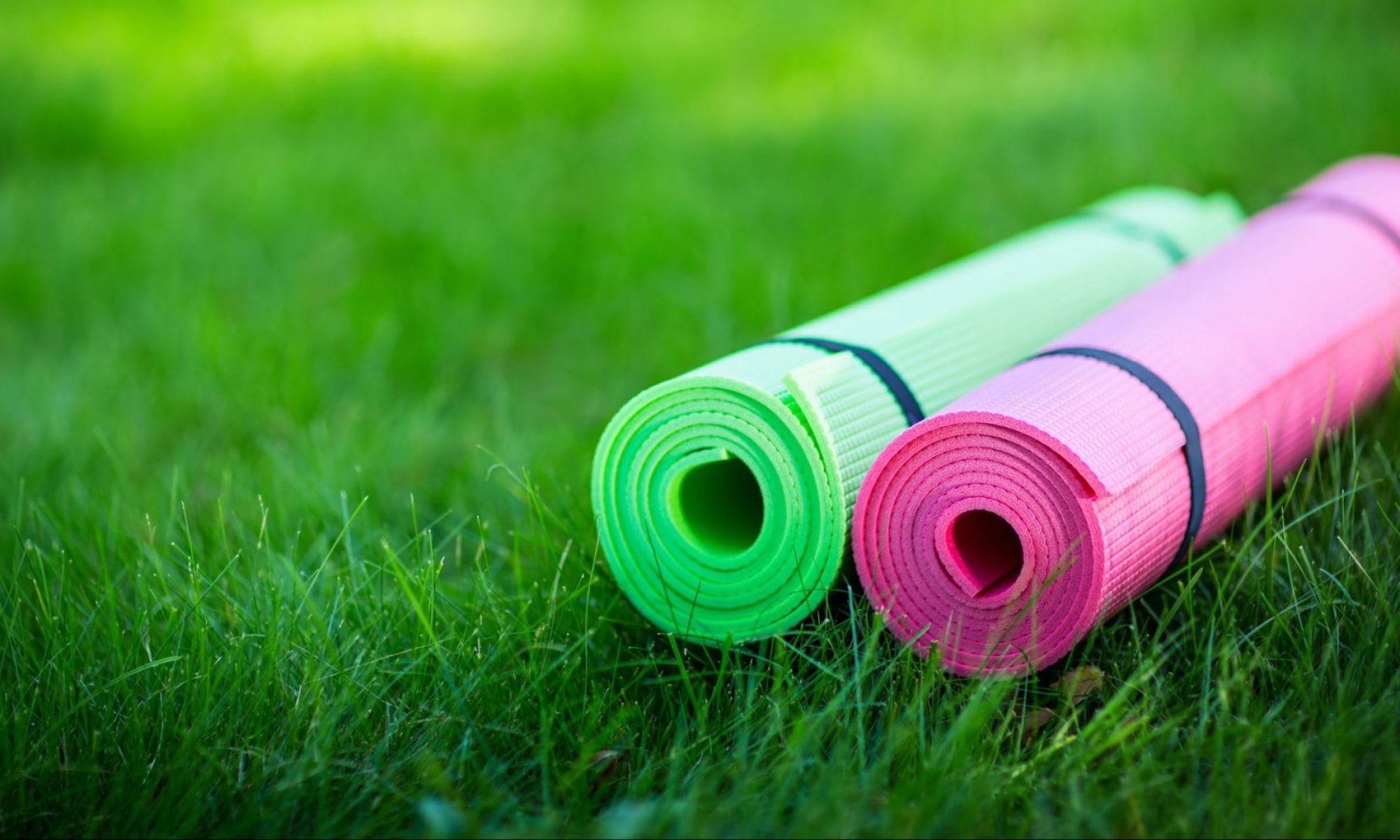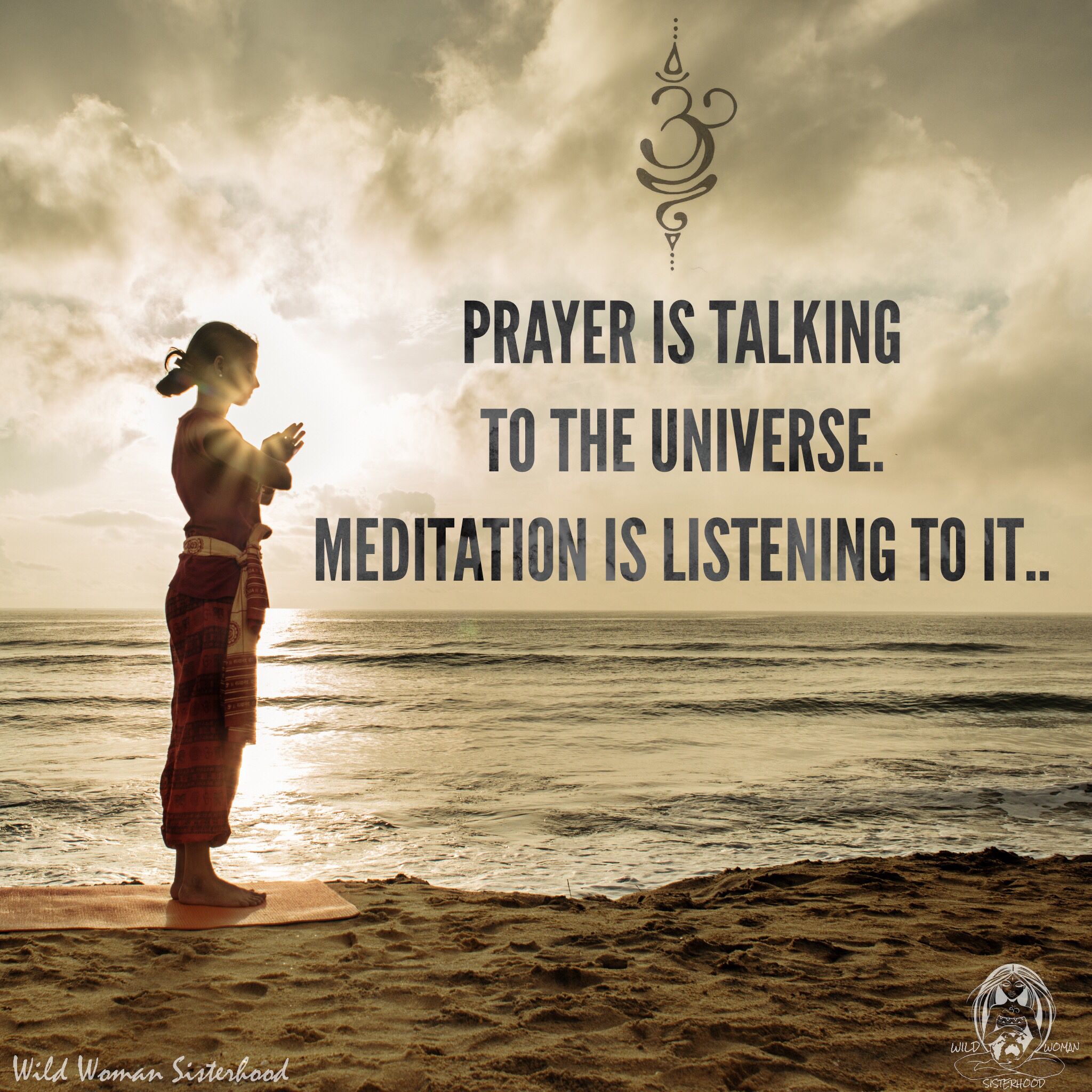If you were to study our digestive system, you would realize that water has little to do with the stomach and more to do with the large intestine. Water stays in the stomach for less than 5 minutes after which it goes through the small intestine where some of it is absorbed into the blood stream and the rest of it continues into the large intestine.
Insufficient water can cause blood to become thicker and results in high blood pressure. Airways get restricted by the body in an effort to minimize water loss and dehydration can cause fainting. But water is needed the most in the processes of sweating and removal of urine and feces and lack of it can cause constipation and weight gain, the mother of all illnesses!
The very first thing I watch is the amount of water I drink, how I consume it and most importantly – when. I drink a glass or two on an empty stomach. Generally first thing in the morning and one hour before a meal because that is when the stomach is empty. At other times I am drinking less amounts of water or may be just sipping on it. I generally drink when I am thirsty, but I make a conscious effort when I am having it on an empty stomach and here’s why.
When the stomach is empty, the food consumed is already in the intestines. Water speeds up the process of metabolism. Its main purpose is to flush out the large intestine and that is why it is recommended that we consume a good amount of water on an empty stomach first thing in the morning.
Water also removes toxins accumulated with faulty eating and purifies the blood. It not only helps in eliminating waste and keeping our bodies clean from the inside but also leads to weight loss or weight maintenance. Drinking water in small amounts periodically helps prevent water retention and bloating.
Thus to conclude, I have found that the total amount of water i drink in the day is not very relevant. Of course one shouldn’t be having too much or too less, but what really benefits is the right amount of water consumed at the right time as per our body’s requirement.


